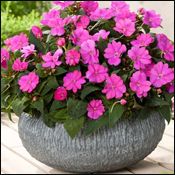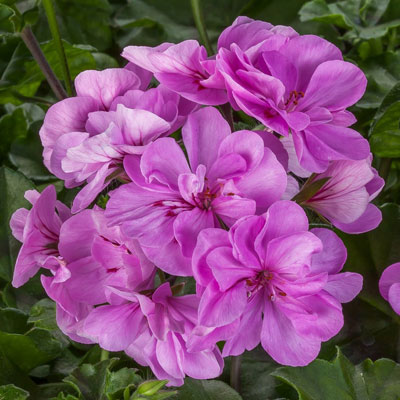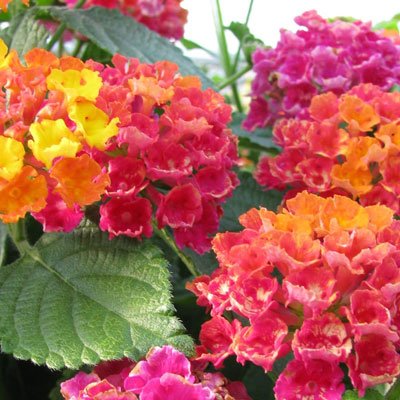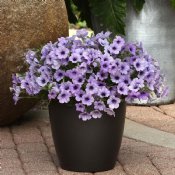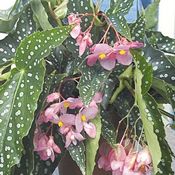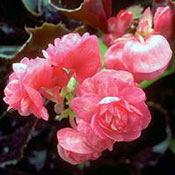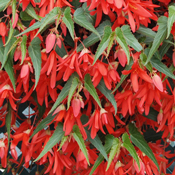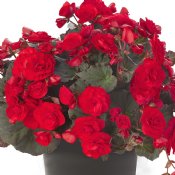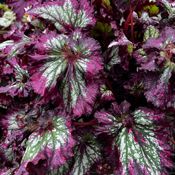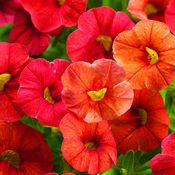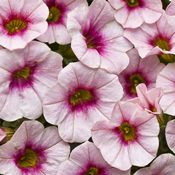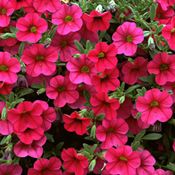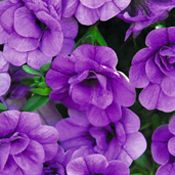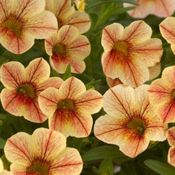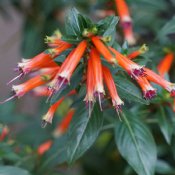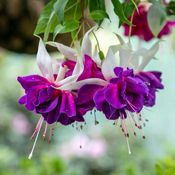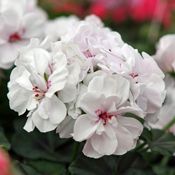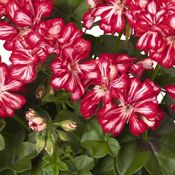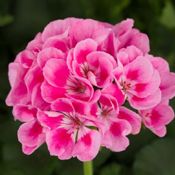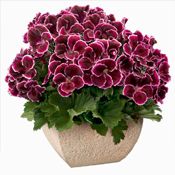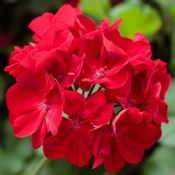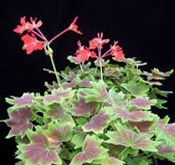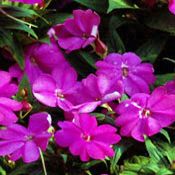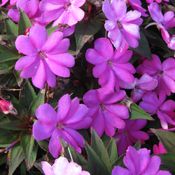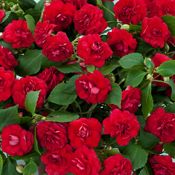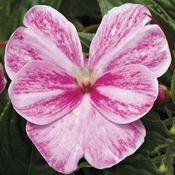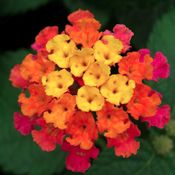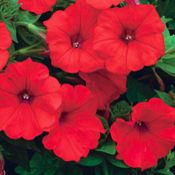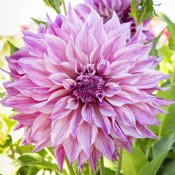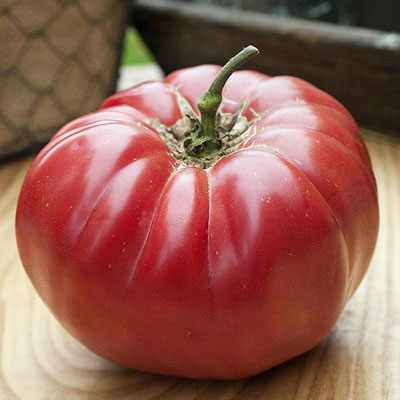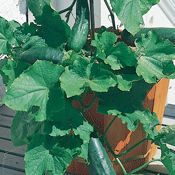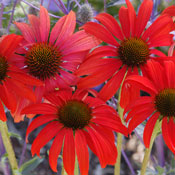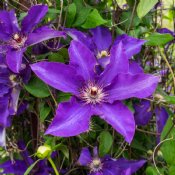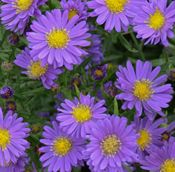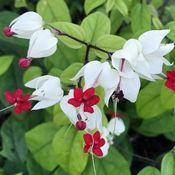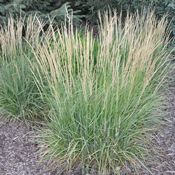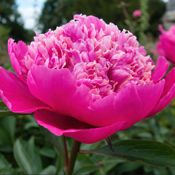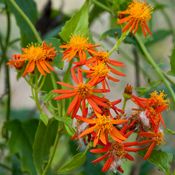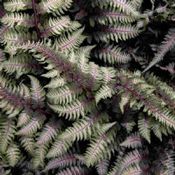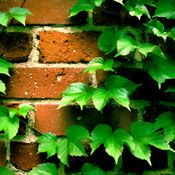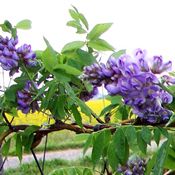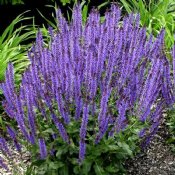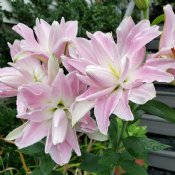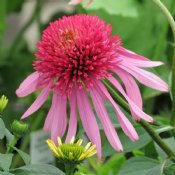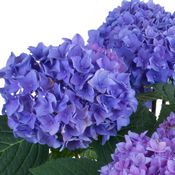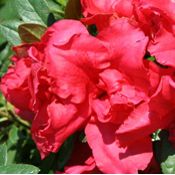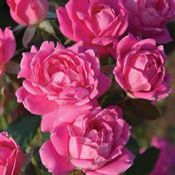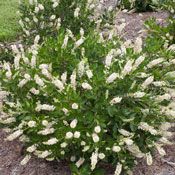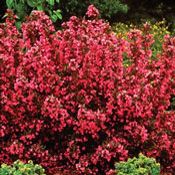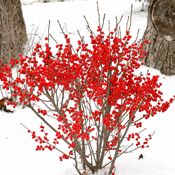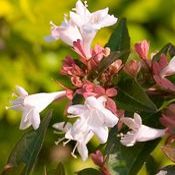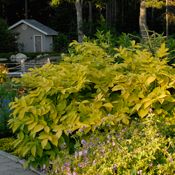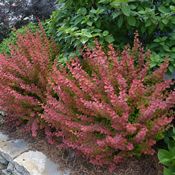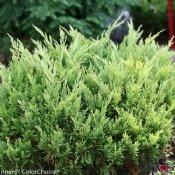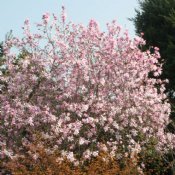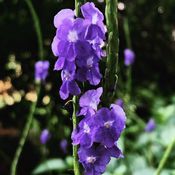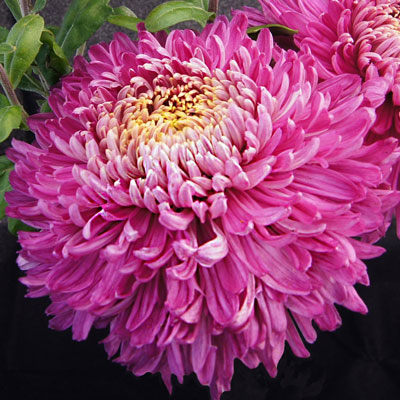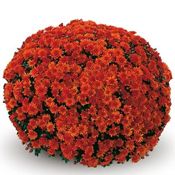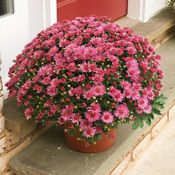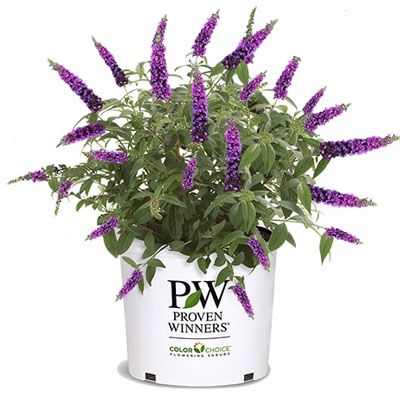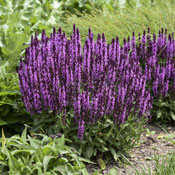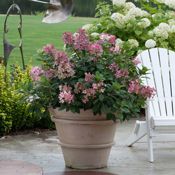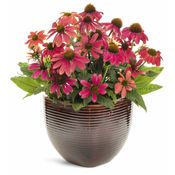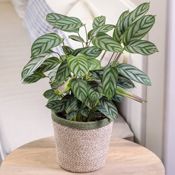
Wax Begonias, unlike most begonia plants, will flourish in both sunny and shaded area, indoors and out. These hardy plants are known for their waxy, shiny leaves and a plethora of blooms in assorted colors. Here we will explore the essentials of growing and caring for wax begonias, ensuring a lush and colorful display in your garden or household.
Characteristics:
Foliage and Blossoms: Wax Begonias, botanically known as Begonia x semperflorens-cultorum, are a succulent distinguished by their glossy leaves in varying colors from medium-green to bronze. These begonia plants are also identified by the many clusters of small flowers in shades of white, pink, or red. These begonia plants are compact and bushy, making them ideal for borders, flowerbeds, and containers.
Hardiness: Wax Begonias have exhibited some cold hardiness in USDA growing zones 8-10, where other begonias are grown as an annual, often moved indoors for the winter. If you are accustomed to the habits of other begonia cultivars, a bit of experimentation will familiarize you with how hardy these begonias are in your particular locale. A local begonia group or your university extension service may have beneficial, reliable information.
For Optimal Growth:
Light: Wax Begonias are unique in the realm of begonias. Highly adaptable, they thrive in both full sun and shaded areas. However, these hybridized begonia plants will perform best with a balance of morning sunlight and afternoon shade. When planted where there is no protection from the harsh afternoon sun, their leaves may take on a more vibrant hue, but afternoon filtered or partial sunlight will likely produce more blossoms.
Watering: As with most begonias, these plants require consistent moisture but are prone to root rot if over-watered. Check the soil often, pushing your finger into the soil. If the soil is dry down to 1/2 to 1-inch deep, they need a drink. Water judiciously when needed and avoid wetting the foliage to prevent fungal diseases.
Soil: Adequate drainage, whether in a container or direct-planted in your flowerbeds, is necessary to prevent root rot and ensure the most robust health and growth of your begonia plants. If needed, amend your flowerbed soil with perlite or compost to improve its drainage and aeration. A quality potting soil may or may not require amendment, but it is necessary to have drainage holes in your container-planted begonias.

Care Tips:
Fertilizing: A monthly application of a balanced, water-soluble fertilizer during the growing season will support robust growth and flowering. We recommend an NPK (Nitrogen, Phosphorus & Potassium) value of not more than 10-10-10. Over-fertilization can harm your begonia plants; it is crucial to follow the recommended dosage. A higher nitrogen content will result in leggier foliage, therefore fewer blooms and a less attractive plant.
Pruning and Deadheading: Regularly removing faded flowers and damaged leaves will help to maintain the plant's appearance and health. Wax Begonias are generally low-maintenance in this regard, but occasional grooming can encourage more blossoms. It is also recommended that you remove blooms or leaves that have dropped onto the soil of your container-planted begonias to prevent disease.
Pest Control: Any plants growing in flowerbeds are subject to insect infestations. Begonias are no different; aphids, spider mites, and mealybugs are the most common begonia pests. They like to reside under the plants’ leaves, so check there regularly. If you have an infestation, there is a wide selection of organic and chemical resolutions. When transferring your begonia plants from outdoors to inside, be sure to check them for pests before bringing them in. These insects will gladly migrate to your other houseplants.
Show Them Off:
In Garden Beds: Wax Begonias, due to their adaptability to various light conditions and cold hardiness, may be the best begonia choice for planting in flowerbeds. Plant them en masse for a dramatic effect, or plant them as an appealing border accent. Mixing them with other flowering plants will create a diverse, colorful display, while planting them in front of taller plants, such as ornamental grasses, will result in a more unique presentation.
In Hanging Baskets or Containers: These versatile plants are perfect for hanging containers and baskets. They bring a burst of color to patios, balconies, and decks. Ensure the containers have good drainage to keep the soil from becoming waterlogged, therefore preventing root rot.
In Decorative Containers or Pots: Planting in well-draining containers and pots provides an opportunity for imaginative display. Indoors or out, you can group containers for a flamboyant spectacle or exhibit them on plant stands of varying heights.
Wax Begonias are a delightful choice for gardeners seeking versatile, low-maintenance plants. Their ability to thrive in varying light conditions, coupled with their vibrant blooms and shiny foliage, make them a popular choice for any garden setting, though they are perfectly at home indoors as well.

